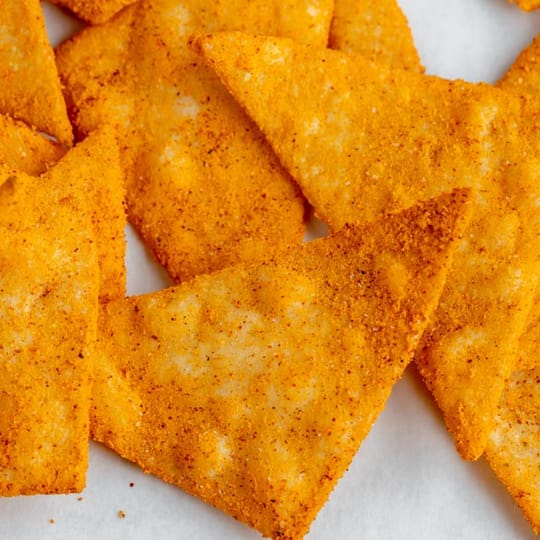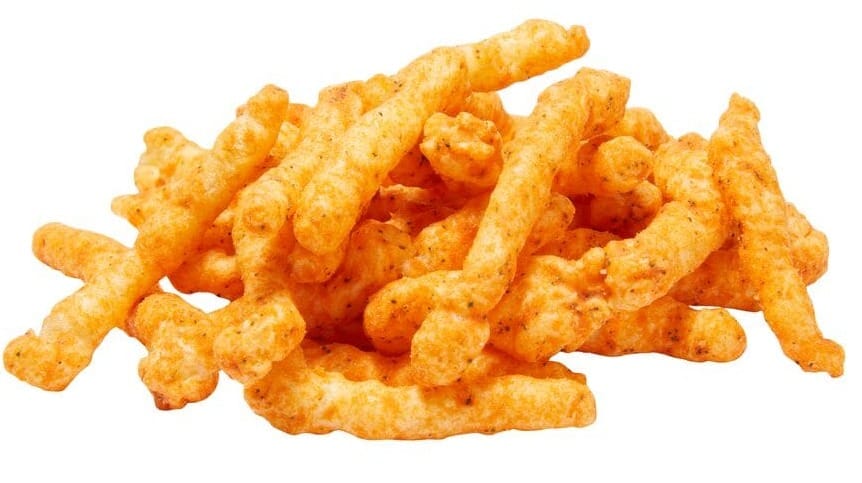
Newsletter
What Is a TikTok Dance Mash-up if Not a Digital Dorito?
I read this post from Cal Newport yesterday and the framework is a valuable one, so I wanted to share it!
Key Takeaways:
- Ultra-processed foods are made by breaking whole foods down into their molecular building blocks and redesigning them into shit like Doritos (apologies to Dorito lovers - I never understood why someone would like them - esp. when Cheetos are available as an exponentially tastier alternative with a much nicer cheesy crunch).
- These foods are literally engineered to be full of salt, sugar, and fat, and when we dip our tongues into the salt, sugar, and fat pool, our dopamine waders go on, and we fish for more, a lot more (especially with Cheetos).
- So we eat way more than we need. The long-term result when habitualized is obesity and every chronic disease imaginable.
- Cal makes the case that there is a metaphoric parallel to media consumption. In this way, we can look at media through the same lens, focusing on the degree of processing involved.
- Minimally processed foods like fruits, vegetables, eggs, meat, and milk are like passive text-based media such as books and articles. Like eating the foods in this category, consuming Minimally Processed Media makes you feel good!
- Moderately processed foods like canned vegetables, tuna, and frozen fruit are like 20th-century electronic mass media—radio and TV - Moderately Processed Media. The ubiquitous availability of these products (food and media) has created a quicksand-like level of overconsumption—in the 1960s, the average TV viewing jumped by 5 hours a day. These days, podcasts, newsletters (ouch! - like this one? Feel free to LMK in the comments!), and blog posts (whose content can be valuable), but the ease of delivery can lead to overconsumption.
- Ultra-processed foods use advanced processing techniques like extrusion, molding, and hydrogenation to make Doritos, Cheetos, and frozen or premade meals, including frozen pizza and microwaveable dinners. The parallel Ultra-processed Media are the social media platforms you are all familiar with—Tic Tok, Facebook, and Instagram.
- Like the vast amounts of corn and soy contents of their ultra-processed cousins, Ultra-processed Media are made from vast databases of user-generated information like reactions, videos, quips, and memes. The algorithms generating all of this are like the engineering of the foods in the laboratories of General Mills.
To sum it up in Cal's words: To bypass these media for less processed alternatives should no longer be seen as bold, or radical, or somehow reactionary. It’s just a move toward a self-evidently more healthy relationship with information.
Though I love Cheetos, I never let them in my home. I know what would likely happen. I do eat them at picnics, however.

